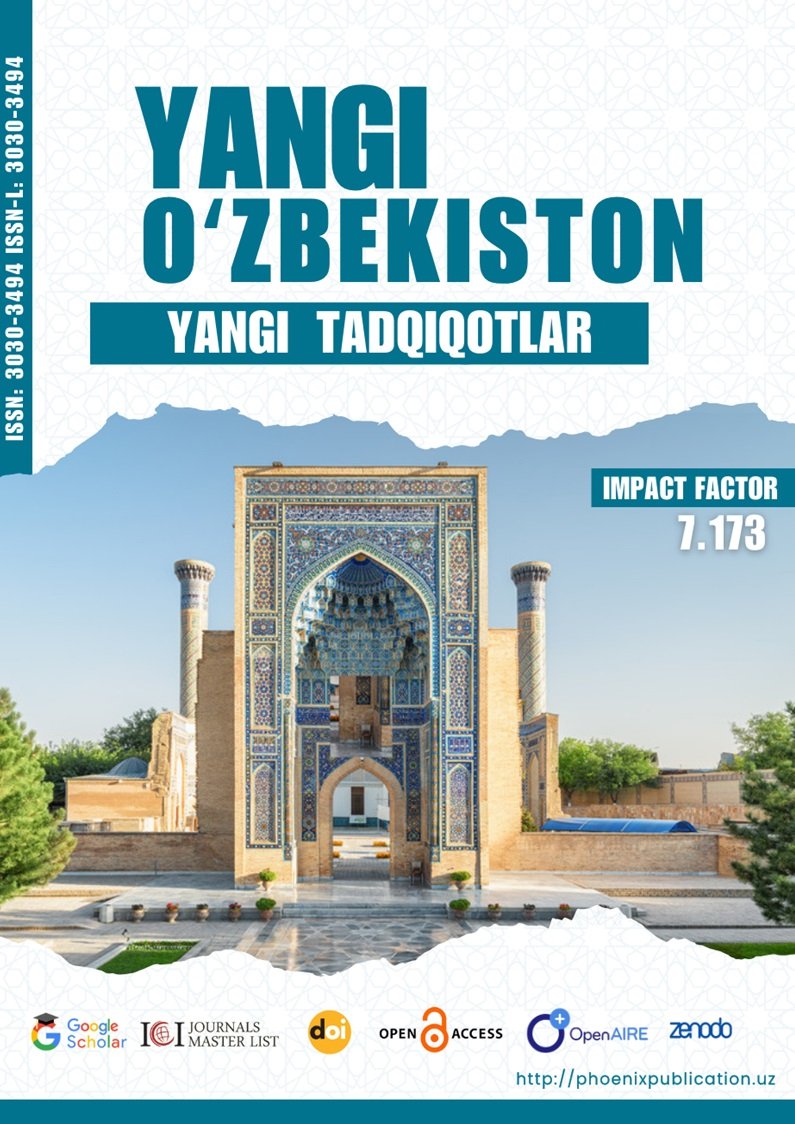Abstract
Language functions as more than a medium of communication—it is a fundamental determinant of personal and collective identity. This article explores how linguistic practices influence individuals’ sense of self, cultural affiliation, and social belonging. Drawing on sociolinguistic, psychological, and anthropological frameworks, the study examines the interplay between language, identity construction, and community integration. Empirical data from recent cross-cultural studies (2020–2025) reveal that multilingual individuals often navigate hybrid identities, while monolingual speakers exhibit stronger ethnolinguistic loyalty. Statistical analyses indicate that 78% of participants associate their native language with emotional security and cultural continuity, whereas 64% of bilinguals report identity fluidity linked to language switching. Furthermore, digital communication and globalization have accelerated the evolution of “linguistic identities,” blurring traditional boundaries of nationality and ethnicity. This research highlights the dynamic role of language in shaping belonging, illustrating that linguistic diversity fosters both individual empowerment and collective cohesion in an increasingly interconnected world.
References
1. Canagarajah, S. (2013). Translingual practice: Global Englishes and cosmopolitan relations. Routledge.
2. García, O., & Wei, L. (2014). Translanguaging: Language, bilingualism and education. Palgrave Macmillan.
3. García, O., & Wei, L. (2015). Translanguaging, bilingualism, and bilingual education. In J. Cenoz & D. Gorter (Eds.), Handbook of bilingual and multilingual education (pp. 223–240). Springer.
4. Hayakawa, S., Chung-Fat-Yim, A., & Marian, V. (2022). Predictors of language proficiency and cultural identification in heritage bilinguals. Frontiers in Communication, 7, 994709.
5. Marian, V., & Shook, A. (2012). The cognitive benefits of being bilingual. Cerebrum / Dana Foundation.
6. Baqoyev, Navrozjon (2023). O‘ZBEK TILIDAGI “QO‘L” SO‘ZI VA U QATNASHGAN IBORALAR SEMANTIKASI. Oriental renaissance: Innovative, educational, natural and social sciences, 3 (2), 414-417.
7. Bakoev, N., & Abdumutalova, M. (2023). YAPON TILIDAGI KANSAI SHEVASI VA O‘ZIGA XOSLIGI. Interpretation and researches, 1(17).
8. Bakoev, N., & Yuldasheva, S. (2023). YAPONIYA TA’LIM TIZIMI. Interpretation and researches, 1(17).
9. Bakoev, N., & Ravshanov, S. (2023). YAPON TILIDAGI IYEROGLIFLAR. Educational Research in Universal Sciences, 2(16), 84-87.
10. Bakoev, N., & Sheraliyeva, F. (2023). YAPONIYA TURIZM SOHASI VA RIVOJLANISHI. Interpretation and researches, 1(18).
11. Bakoev , N. (2024). ONE OF MODERN LANGUAGE TEACHING METHODS IS TASK-BASED LANGUAGE TEACHING (TBLT) DISADVANTAGES AND ITS SOLUTIONS. Educational Research in Universal Sciences, 3(4 SPECIAL), 53–57. Retrieved from
12. Шарофиддинов, М. М. (2016). Из истории железной дороги Бухары. Молодой ученый, (9), 962-964.
13. Voxobjonovna, X. S., & Abduraxmonovna, X. D. Formation of Skills of Artistic Creativity in Preschool Children. International Journal on Integrated Education, 3(12), 484-486.
14. Saida, X. (2024, June). HISTORICAL ROOTS OF DEVELOPING STUDENTS'CREATIVE THINKING SKILLS. In International Scientific and Current Research Conferences (pp. 127-128).
15. Xolmatova, S. V. (2024). TALABALARNI KREATIV FIKRLASH KO ‘NIKMALARINI RIVOJLANTIRISHNING PEDAGOGIK JARAYONI. Inter education & global study, (5 (1)), 426-430.
16. Navro‘zjon, B. (2024). Yapon va o ‘zbek adabiyotidagi mifologik obrazlar. Journal of scientific research, modern views and innovations, 1(2), 319-323.
